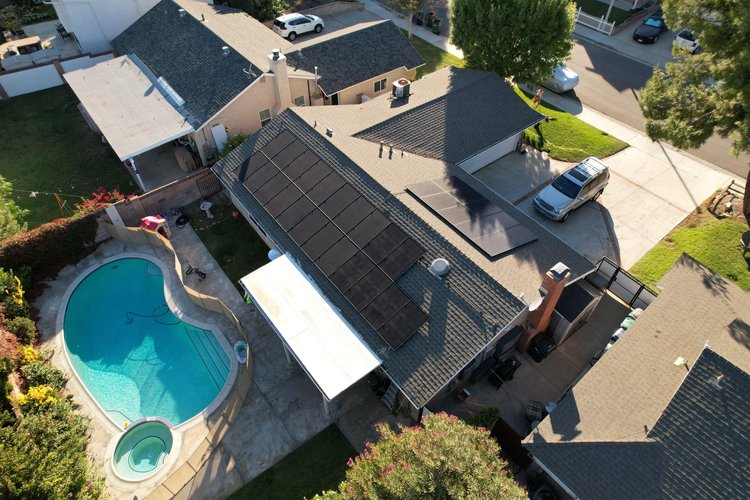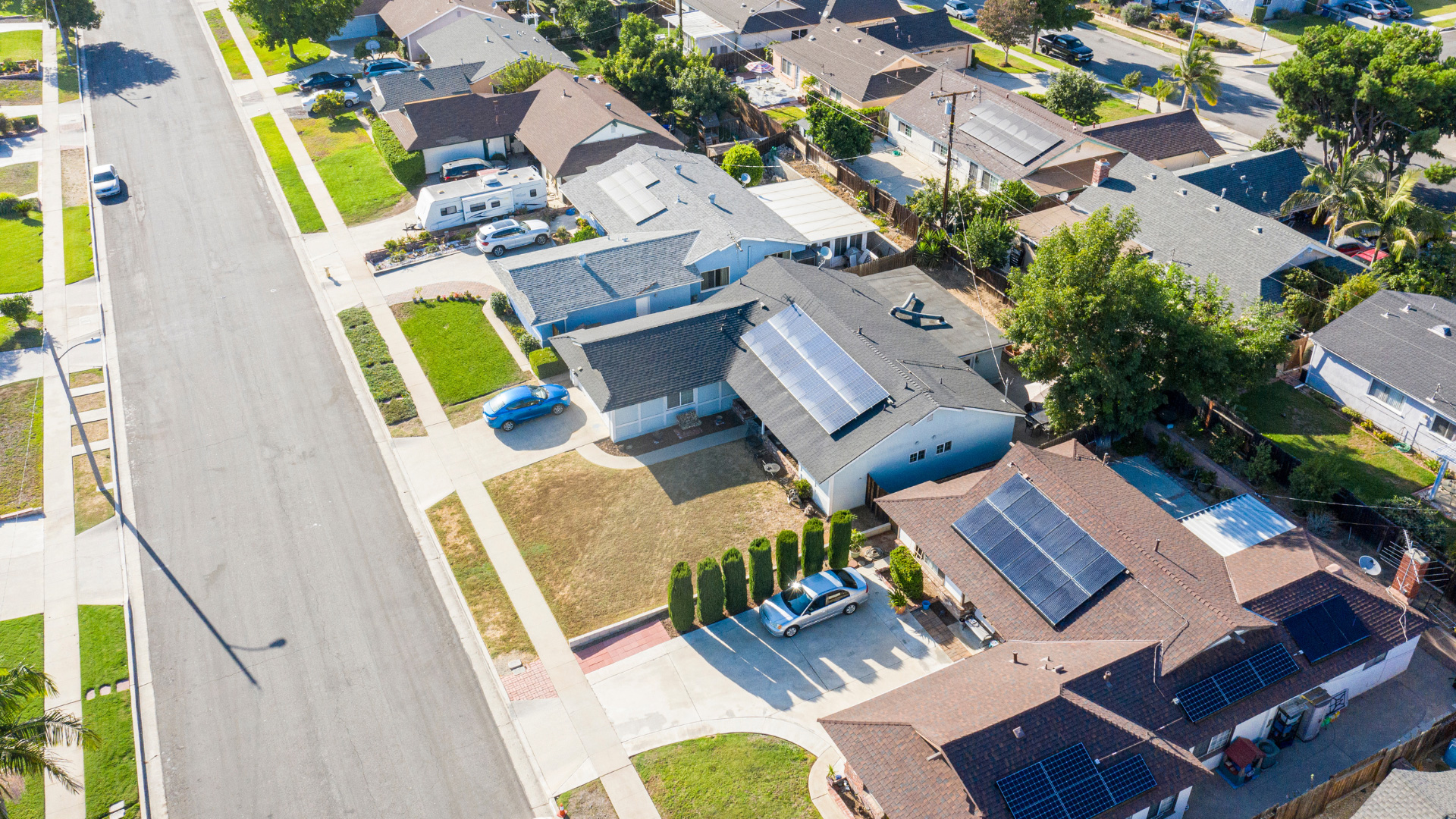The fate of residential solar panels lies in the hands of the California Public Utilities Commission (CPUC). By the end of this year – or at the beginning of 2022, the latest – CPUC will determine precisely what the revised NEM 3.0 proposal will look like. The proposal comes from California’s investor-owned utility companies, Pacific Gas & Electric, Southern California Edison, and San Diego Gas & Electric. If it is approved in its entirety, it could mean bad news for homeowners buying solar panels in the future.
From NEM 2.0 to NEM 3.0 – The Differences
California’s current net metering program, NEM 2.0, provides financial benefits for anyone with solar homes. When the panels produce more power than the household consumes, the excess energy is sent back to the utility companies and shows up as a credit on the utility bill. Homeowners can then use these credits to offset their usage at night, or anytime they consume more energy than their solar system produces. In addition, unused credits roll over to the next month, ensuring ongoing savings throughout the year.
Some of the significant differences between NEM 2.0 and NEM 3.0 are:
1. NEM 3.0 significantly reduces the value of excess energy being sold back to the grid.
The utility companies are proposing a reduction of up to 75% of the value of the energy being sent back to the grid. This means less credit for homeowners, which would force them to buy additional energy from the utility company and erode the financial benefits of going solar.
2. NEM 3.0 puts an end to credit rollovers.
In addition to reducing the value of the credits, the proposal also prevents homeowners from carrying any unused credits over to the next month. Under the current NEM 2.0, credits are settled annually. With NEM 3.0, the credits will be settled monthly instead.
3. NEM 3.0 implements high monthly fees. Another change that will negatively impact any solar panel investment made after NEM 3.0 takes effect is the introduction of new fees based on the size of the solar system. Larger systems will result in more considerable fees.
“All the changes proposed by the utility companies for NEM 3.0 are for their benefit only – not the homeowners,” said Arno Aghamalian, CEO at Solar Optimum. “We are used to slight revisions to the net metering program like we saw when we went from NEM 1.0 to NEM 2.0,” Jeremy continued. “However, this time, the utility companies are suggesting changes so consequential that they are essentially robbing homeowners of the chance to become energy independent,” he concluded.
There Is Still Time to Benefit From Solar
With all the changes proposed for NEM 3.0, it is not unusual to hear the question, “are solar panels worth it?”. Since it has not yet been determined what the outcome of 3.0 will be, the answer to the question is not so simple. For those who want solar panels for homes, it is recommended to act fast and get solar now to take advantage of the benefits of NEM 2.0. Solar systems completed before the transition to NEM 3.0 will be grandfathered under NEM 2.0 for 20 years.
Another recommendation is to invest in battery storage. With a home battery, homeowners can keep the excess power from their panels instead of sending it back to the grid and use it when they need it the most. Battery storage is a valuable addition to a solar system regardless of whether the system falls under NEM 2.0 or NEM 3.0.
Solar panel companies across California expect high volumes of new requests for residential solar panels before the end of the year from homeowners who want to make sure they get grandfathered under NEM 2.0 before it is too late. Therefore, Solar Optimum recommends that homeowners interested in going solar contact their energy experts as soon as possible with any questions about solar or NEM 3.0.






